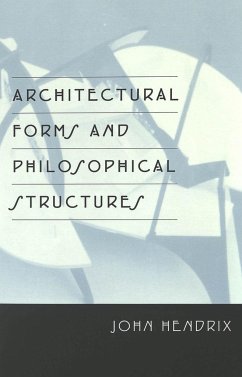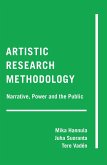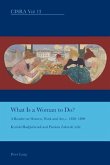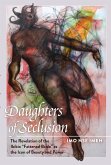Architectural Forms and Philosophical Structures examines architectural and architectonic forms as products of philosophical and epistemological structures in selected cultures and time periods, and analyzes architecture as a text of its culture. Relations between architectural forms and philosophical structures are explored in Western civilization, beginning in Egypt and Greece and culminating in twentieth-century Europe and America. Architecture, like all forms of artistic expression, is interwoven with the beliefs and the structures of knowledge of its culture.
«This is not a book to be judged quickly, but rather through an attentive reading. A rigorous study of the repatriation of neo-platonic and hermetic systems of Baroque Italian architecture from their sources in antiquity, John Hendrix's book brings new meaning to interpretative contexts often obscured by the arrival of modernity as we know it, through Descartes and Vico. If there is a timeless thread to architectonic law, Hendrix has examined a not-so-apparent evolution of interpretative modes of perception to modernity in a uniquely eclectic and erudite manner. Keeping this thread of perceptions alive from the tradition of Cusanus, to the built form of Borromini, to the psychology of Piranesi's 'Carceri' etchings, Hendrix leads us in a compressed promenade right to the very doorstep of our contemporary intellectual currents into what he has defined as modernity's psychophysiological space.» (Alberto Balestrieri, Assistant Dean, School of Architecture, Art, and Historic Preservation, Roger Williams University, Rhode Island)
«This erudite collection of essays travels in time from the pyramids to postmodernism, exploring the intimate relationship between a culture's epistemological systems of world order and their corresponding expression in architectural form. Thorough and detailed in his exposition, John Hendrix demonstrates the reciprocal influences between the belief systems and conceptual frameworks of Egyptian, Classical Greek, Baroque, Romantic, and twentieth-century European cultures, and the environments these people constructed.» (Rebecca Leuchak, Associate Professor of Art and Architectural History, School of Architecture, Art, and Historic Preservation, Roger Williams University, Rhode Island)
«This erudite collection of essays travels in time from the pyramids to postmodernism, exploring the intimate relationship between a culture's epistemological systems of world order and their corresponding expression in architectural form. Thorough and detailed in his exposition, John Hendrix demonstrates the reciprocal influences between the belief systems and conceptual frameworks of Egyptian, Classical Greek, Baroque, Romantic, and twentieth-century European cultures, and the environments these people constructed.» (Rebecca Leuchak, Associate Professor of Art and Architectural History, School of Architecture, Art, and Historic Preservation, Roger Williams University, Rhode Island)








